130 results in Cambridge Studies in Linguistics
Voice and Argument Structure in Basque
- Coming soon
-
- Expected online publication date:
- April 2025
- Print publication:
- 30 April 2025
-
- Book
- Export citation

German Syntax
- A Structure Removal Approach
-
- Published online:
- 28 February 2025
- Print publication:
- 06 March 2025

Optimal Linking Grammar
- A Theory of Morphosyntax
-
- Published online:
- 20 April 2023
- Print publication:
- 27 April 2023
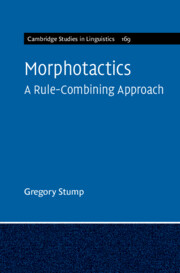
Morphotactics
- A Rule-Combining Approach
-
- Published online:
- 24 November 2022
- Print publication:
- 08 December 2022

Interfaces and Domains of Contact-Driven Restructuring
- Aspects of Afro-Hispanic Linguistics
-
- Published online:
- 21 October 2021
- Print publication:
- 04 November 2021

The Compositional Nature of Tense, Mood and Aspect
-
- Published online:
- 08 October 2021
- Print publication:
- 14 October 2021

Modality in Syntax, Semantics and Pragmatics
-
- Published online:
- 06 February 2021
- Print publication:
- 17 September 2020

The Syntax of Relative Clauses
- A Unified Analysis
-
- Published online:
- 10 September 2020
- Print publication:
- 24 September 2020
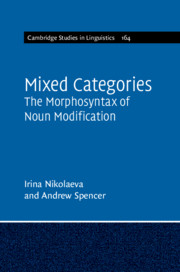
Mixed Categories
- The Morphosyntax of Noun Modification
-
- Published online:
- 28 October 2019
- Print publication:
- 31 October 2019

Third Language Acquisition and Linguistic Transfer
-
- Published online:
- 07 October 2019
- Print publication:
- 10 October 2019

Voice Quality
- The Laryngeal Articulator Model
-
- Published online:
- 21 June 2019
- Print publication:
- 20 June 2019

Relative Clauses
- Structure and Variation in Everyday English
-
- Published online:
- 10 June 2019
- Print publication:
- 20 June 2019
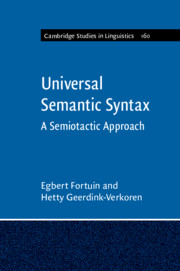
Universal Semantic Syntax
- A Semiotactic Approach
-
- Published online:
- 25 April 2019
- Print publication:
- 09 May 2019
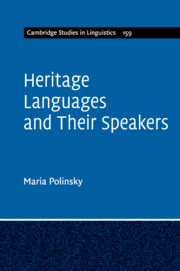
Heritage Languages and their Speakers
-
- Published online:
- 20 July 2018
- Print publication:
- 16 August 2018
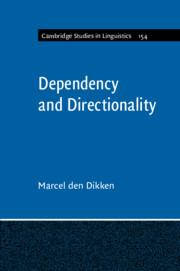
Dependency and Directionality
-
- Published online:
- 19 June 2018
- Print publication:
- 05 July 2018
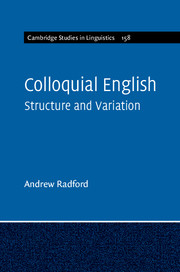
Colloquial English
- Structure and Variation
-
- Published online:
- 09 June 2018
- Print publication:
- 14 June 2018

Gemination, Lenition, and Vowel Lengthening
- On the History of Quantity in Germanic
-
- Published online:
- 04 May 2018
- Print publication:
- 24 May 2018

Deriving Syntactic Relations
-
- Published online:
- 02 April 2018
- Print publication:
- 19 April 2018

Direct Objects and Language Acquisition
-
- Published online:
- 21 December 2017
- Print publication:
- 08 February 2018
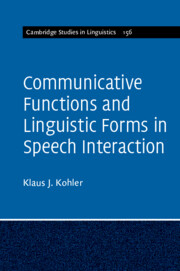
Communicative Functions and Linguistic Forms in Speech Interaction
-
- Published online:
- 13 October 2017
- Print publication:
- 26 October 2017

